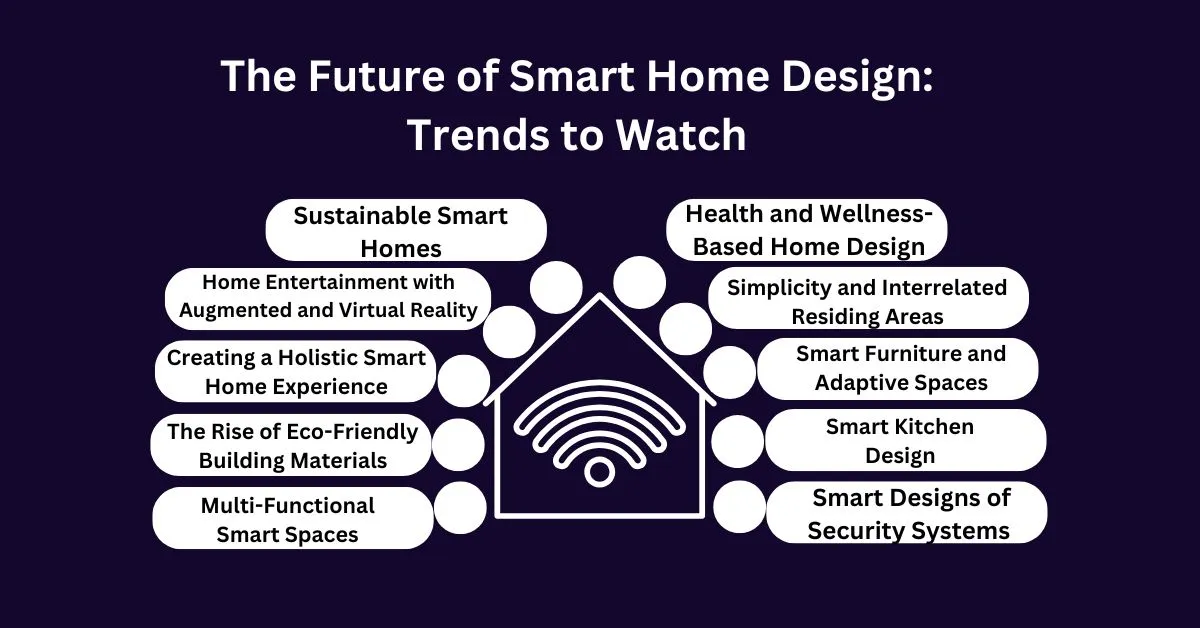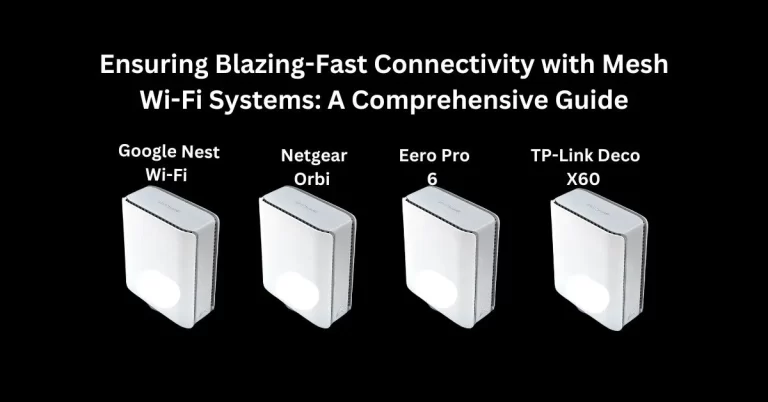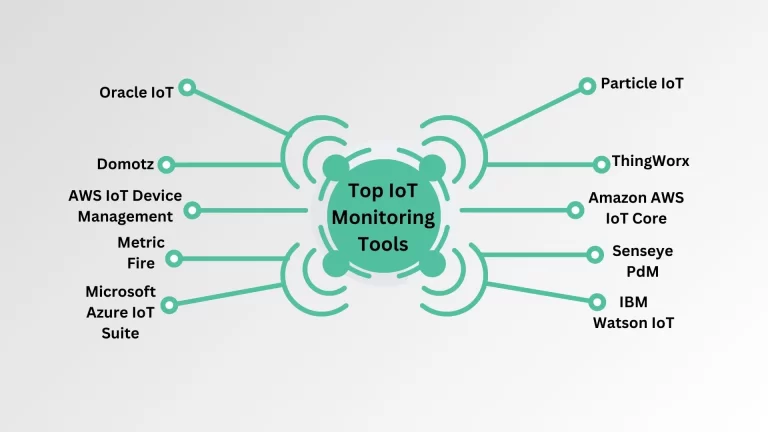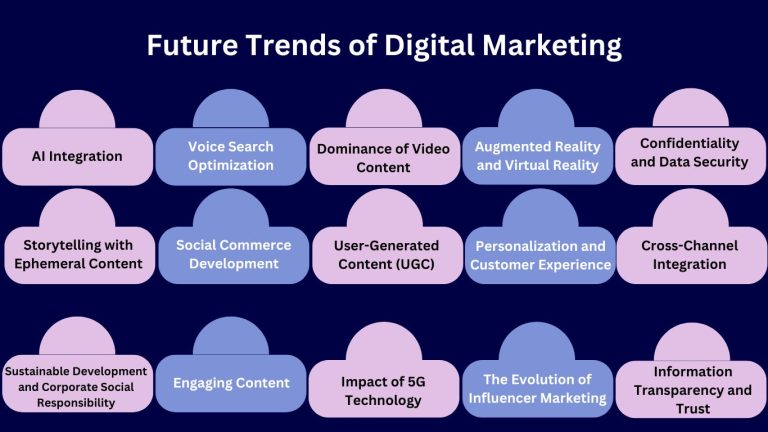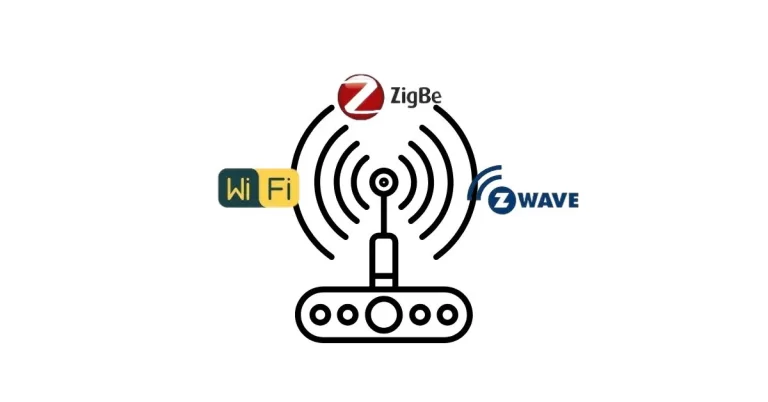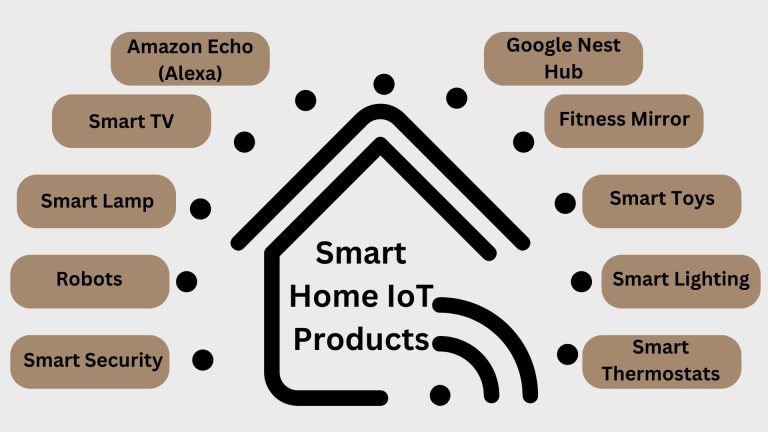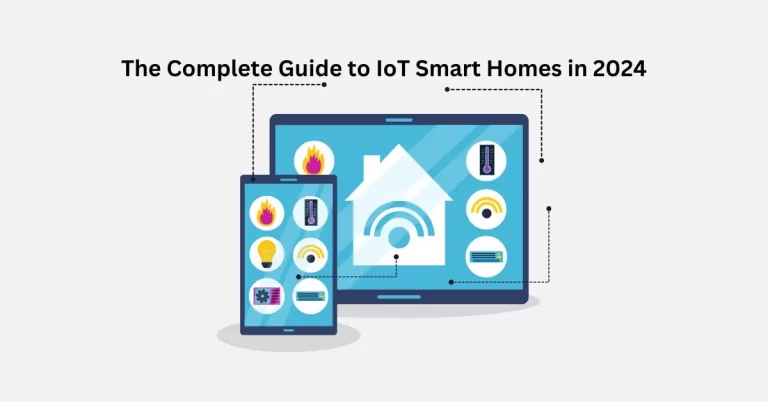Future of Smart Home Design : Trends to Watch For 2024
Smart home design is evolving fast, making our living spaces smarter, safer, and more connected. With innovations like AI-powered systems and nature-inspired design, the future of our homes is all about comfort and sustainability . smart home Designing is rapidly becoming a field/sector that only keeps getting better with time. As 2025 comes packed with more evolving aesthetics, usability, and technological features. Smart home design principles are beneficial for those who want to create a house that will be suitable for future living conditions.
Future of Smart Home Design Trends to Watch
Following Smart Home Design is Most trending in Current Era .
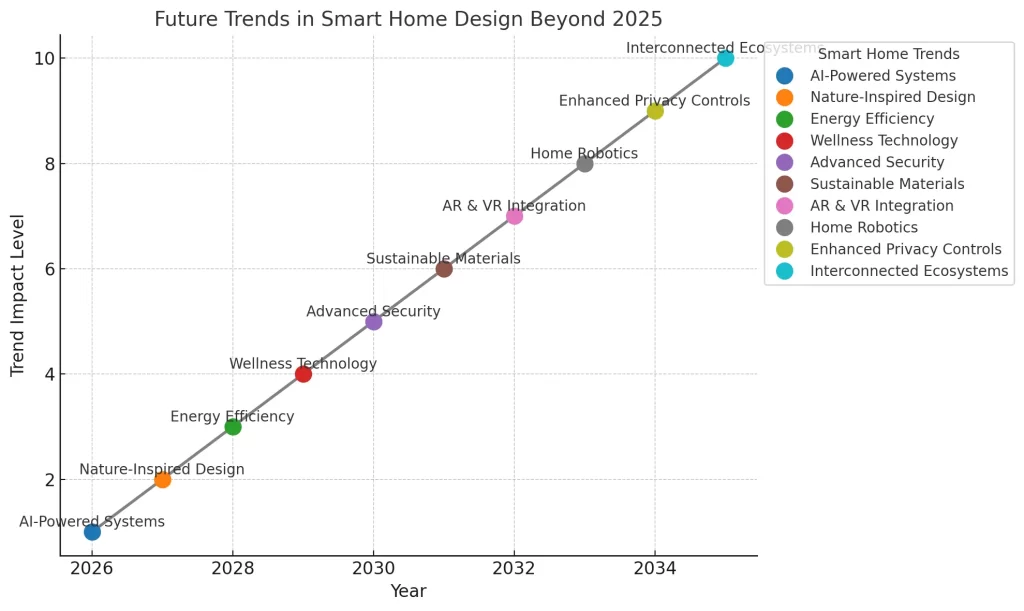
1. Sustainable Smart Homes
One of the most important goals in the field of energy is energy efficiency.
Sustainability continues to be a major consideration in the design of homes in 2025, with smart energy-efficient homes being the order of the day. Consumers want to make their houses eco-friendly using such products as tiles, solar panels, modern thermostats, and automatic lighting systems. These systems are intended to reduce energy consumption, control costs of utilities, and promote sustainability in daily life.
As the climate change debate continues to heat up, there is increased interest in green home designs than before. The future smart homes will comprises of systems and devices that are more focused on energy and resource optimization. Sustainable Smart Homes is
Smart Lighting and Energy Systems
- Sophisticated LED illumination accompanied with smart energy management controls the flow of electricity. Other aspects such as lighting and plugs help to eliminate waste by turning off devices that are not in use.
Integration of Solar and Renewable Energy
- More and more, smart homes will incorporate renewable energy sources. Other smart technologies such as Tesla’s Powerwall will enable homeowners to store energy in an integrated way for use in the future.
Water Management
- Automated irrigation and leak detection systems optimize water usage and help prevent potential damage by identifying leaks promptly. These solutions are not passive in the way they prevent water wastage as they adapt to usage patterns and weather data.
Energy-Efficient Smart Home Technologies
Energy-Efficient Smart Home Technologies LED Lighting, Thermostats, and Solar Panels Comparison on Based of Following
| Technology | Energy Savings | Benefits | Impact on Sustainability |
| LED Lighting | 75% less than traditional bulbs | Low power consumption, long lifespan | High |
| Smart Thermostat | Up to 20% on heating/cooling | Reduces bills, maintains optimal temperature | High |
| Solar Panels | Potentially 100% (off-grid) | Renewable energy, grid independence | Very High |
| Water Management | Saves up to 50% on water usage | Prevents water damage, optimizes water usage | High |
| Tesla Powerwall | Stores renewable energy | Backup power, energy independence | Very High |
2. Health and Wellness-Based Home Design
Smart home is a relatively new concept, but there is a trend towards making homes healthier places to live. Some home well-being homes are equipped with air quality detectors, light control that looks at the oscillating pattern of day and night, and comfort control of temperature to make the atmosphere serene and promote health. Smart water filtration and noise reduction systems are also part of these futuristic designs of smart homes trend, ensuring that homes not only look appealing but also contribute to mental and physical wellness.
Wellness is the future of smart home design; the technology will be focused on improving the lives of the inhabitants. Health and wellness Based Home Design is Most Trend to Watch in Smart Home Design
Air Quality Monitors
- More smart homes will have sensors that check the quality of air, and the presence of allergens, pollutants, or humidity to enhance the quality of the indoor air.
Sleep and Stress Management
- Smart clothing and sleep-tracking devices will be connected to smart home systems to track and control rest and stress, lighting, and temperature.
Smart Kitchen Appliances for Health
- Smart fridges and ovens will recommend recipes with the ingredients that are in stock or recommend the best way to cook to help user’s lead healthy lifestyles.
Health and Wellness Smart Home Devices
Health and Wellness Smart Home Devices: Benefits of Air Quality Monitors, Sleep Management Systems, and Kitchen Appliances based in Following
| Feature | Benefit | Convenience | Impact on Health |
| Air Quality Monitors | Monitors air quality, detects pollutants | Enhances indoor comfort | High |
| Sleep Tracking Devices | Tracks sleep quality | Provides sleep/stress insights | High |
| Smart Water Filtration | Ensures water purity | Convenient for daily use | High |
| Smart Kitchen Appliances | Recommends healthy recipes | Simplifies meal planning | Moderate |
3. Smart Designs of Security Systems
In the recent past, with the increased adoption of smart technology, issues of data privacy and security have emerged. These problems will be solved in smart home design by providing better security measures and strong encryption to protect the user data and provide them satisfaction. Smart design of security system is Trend to Watch in Smart Home Design
upcoming security designs
- Biometric Access and Facial Recognition: Biometric procedures, such as fingerprint scanning and facial recognition, will become more popular in security systems and will offer a more secure and comfortable home access.
Cybersecurity for IoT Devices
- With a growing number of IoT devices, manufacturers are paying attention to the security of the devices and many are incorporating anti-hack technologies. High frequency and strengthening the firewalls will be crucial to protect individual information.
Privacy-Centric Design
- Smart home devices’ privacy features include easy-to-reach buttons to turn off the voice assistant’s microphone and cameras, which will provide homeowners with more control over their data.
Home security in the year 2025 means more than just having a security camera. Having a home that is equipped with facial recognition doorbells, smart locks, and floodlights that turn on when there is movement. Some of these innovations in combination with applications in smartphones, offer real-time information to the homeowner on the status of their security systems as well as command of the systems.
Advanced Security Systems for Smart Homes
Advanced Security Systems for Smart Homes: Biometric Access, Cybersecurity, and Privacy-Centric Designs Based on Following .
| Security Feature | Benefit | Impact on Security | Impact on Privacy |
| Biometric Access | Personalized access control | High | Moderate |
| Facial Recognition Doorbell | Recognizes visitors | High | Moderate |
| Cybersecurity for IoT | Protects connected devices | High | High |
| Privacy-Centric Design | Controls microphone / camera | Moderate | High |
4. Creating a Holistic Smart Home Experience
Combining robotics and motorization in the home gives a complete smart home solution where every service from cleaning to privacy can be controlled. These technologies provide greater convenience because users can manipulate home functions regardless of their distance from the devices. In the cases of people who have mobility issues, these robotics are very helpful in ensuring that the clients are comfortable in their homes. Humanity will see in-built robots in the future design of smart homes for more convenience.
Integrating robots into the smart home concept goes beyond the improvement of comfort and changes the perception of how people use their homes. As the technology in robotics advances, smart homes will become more self-sufficient and will provide features that complement the residents’ lifestyles, enhance sustainability, and provide an efficient, personalized, and smart living environment. Holistic smart home is Trend to Watch in Smart Home Design
Robotics and Automation in Smart Homes
Robotics and Automation in Smart Homes Enhancing Home Convenience and Accessibility based on Following
| Robotics | Benefit | Comfort |
|---|---|---|
| Home Cleaning Robots | Automates cleaning tasks | High |
| Voice Activated Controls | Hands free operation | Very High |
| Integrated Smart Systems | Centralized device management | High |
5. Simplicity and Interrelated Residing Areas
With the rapidly growing number of smart home devices, interior design trends are needed to make these gadgets blend in, merge, or integrate.
Appliance integration means that designers are hiding cables, gizmos and controls from sight while connected worlds allow users to control many devices at once. This strategy incorporates technology into modern, clean spaces, doing away with the problem of many remotes or controls.
simplified and Integrated Smart Home Spaces
Simplified and Integrated Smart Home Spaces Appliance Integration and Connected Living Based on Following Features
| Features | Benefit | Sustainability |
|---|---|---|
| Appliance Integration | Minimizes visible cables | Low |
| Unified Control Systems | Operates multiple devices | Moderate |
| Minimalist Design | Reduces device clutter | Moderate |
6. Smart Furniture and Adaptive Spaces
Smart furniture and adaptable designs are now defining new ways of living, as living spaces in cities are shrinking. The future home designs will include flexibility with furniture that can be easily converted into different forms. Smart furniture and adaptive spaces is Trend to Watch in Smart Home Design
Examples
Multifunctional Smart Furniture
- Furniture will be integrated into homes as movable objects such as adjustable beds, workstations that double as a bed and entertainment units that change their use in accordance with the need.
Space-Saving Designs
- Smart and flexible furniture, including furniture that can fold and be adjusted and often integrated with IoT technology, will help to provide a sense of spaciousness in small homes.
Transformative Smart Furniture
Transformative Smart Furniture and Adaptive Space Designs for Small Homes based on Following
| Features | Benefits | Comfort |
|---|---|---|
| Adjustable Smart Furniture | Customizable for various uses | High |
| Convertible Workstations | Dual-purpose functionality | High |
| Space-Saving Solutions | Maximizes limited space | Moderate |
7. The Rise of Eco-Friendly Building Materials
The use of sustainable materials is now as relevant as the use of smart technology in building design. Sustainable building materials that reduce the impact of buildings on the environment are likely to dominate the future of smart homes. This not only reduces the plastic waste accumulation in landfills but also reduces the use of water and cement in building construction. Eco-Friendly Building Materials is Trend to Watch in Smart Home Design
Recycled and Renewable Materials
- There are choices like recycled plastics for construction, bamboo and reclaimed wood to consider for construction.
Smart Insulation and Temperature-Regulating Materials
- Smart materials that transform according to exterior conditions will assist in regulating home climate, thereby likely minimizing the need for AC or heater.
Eco-Friendly Building Materials for Sustainable Smart Homes
Eco-Friendly Building Materials for Sustainable Smart Homes Recycled, Renewable, and Smart Insulation Options .
| Material | Benefits | Comfort |
|---|---|---|
| Recycled Plastics | Reduces landfill waste | High |
| Bamboo | Renewable, grows quickly | High |
| Smart Insulation | Regulates temperature | Moderate |
8. Smart Kitchen Design
The kitchen is expected to be the most innovative space in 2025 with smart appliances that help in preparing food and minimizing wastage. In smart home designs, kitchen will get maximum attention as a smart design can fit bigger things in small spaces easily. smart kitchen design is Trend to Watch in Smart Home Design .
Intelligent Appliances
- intelligent appliances like Smart fridges that can produce shopping lists and recommend recipes, or self-preheating ovens will be the core of effective cooking zones.
Food Management
- Those devices that help to monitor the expiration date and suggest the correct portion size will become a tool for sustainable development in the field of food consumption.
Future Ready Smart Kitchen Appliances
Future Ready Smart Kitchen Appliances: Intelligent Fridges, Ovens, and Food Management Systems .
| Features | Benefits | Comfort |
|---|---|---|
| Smart Refrigerator | Manages stock, reduces waste | High |
| Self-Cleaning Oven | Reduces manual effort | High |
| Portion Control Devices | Reduces food waste | High |
9. Multi-Functional Smart Spaces
A major trend in home design in the future will be the concept of versatility in the home to suit different functions including working from home. Residential areas will have intelligent furniture that will adapt to different uses through changes in form. Multi functional smart spaces is Trend to Watch in Smart Home Design .
Uses
Adjustable Smart Furniture
- Mobile working surfaces and wall-bed solutions will be common in interiors to enable easy change between working and recreational arrangements.
Smart Lighting: Adaptive and Personalized
- Lighting will remain as one of the key factors in determining the character and purpose of a room, and the future will witness the use of smart lighting systems.
Remote-Controlled and Adaptive Lighting
- Such systems act based on natural light and diary, and contain options such as dimming or color choice for the purpose of the room zone.
Multi Functional Smart Spaces for Work
Multi Functional Smart Spaces for Work and Leisure Adjustable Furniture and Adaptive Lighting Solutions
| Features | Benefits | Comfort |
|---|---|---|
| Adjustable Smart Furniture | Enables easy transitions | High |
| Smart Lighting Systems | Adaptable to time of day | High |
10. Home Entertainment with Augmented and Virtual Reality
Entertainment is a vital part of life of almost in every religion, every culture and every society. AR and VR will enhance home entertainment since they will allow people to have a better experience of what they are watching. Home Entertainment with Augmented and Virtual Reality is Trend to Watch in Smart Home Design .
VR and AR Integration in Home Entertainment
- Everything from VR gaming and immersive VR classrooms to augmented reality design applications that can be used to preview furniture and decorative choices in virtual space will become a reality thanks to these technologies and the possibilities they offer to produce engaging interactive environments.
Interactive Interior Design
- AR can give the homeowner an idea of how certain changes to the decor would look before they are made.
Virtual Tours and Maintenance Support
- With VR-based tutorials and maintenance guides, troubleshooting of the system becomes easier, making it easier to use.
The future of smart home designs is bright and these design trends of 2025 show that the focus is on flexibility, sustainability, and the integration of technology into homes that will meet the needs of a growing population of homeowners.
Augmented and Virtual Reality in Home Entertainment
Augmented and Virtual Reality in Home Entertainment: Immersive Experiences for the Modern Smart Home .
| Technology | Benefits | Comfort |
|---|---|---|
| VR Gaming | Enhanced gaming experience | High |
| AR Interior Design | Preview decor changes | Very High |
| VR Home Theater | Immersive viewing | High |
Comparison Chart : Smart Security Features vs Traditional Security Systems
In Smart Home Design Smart Security Features vs Traditional Security Systems on the bases on Following Features
| Feature | Energy-Efficient Smart Homes | Traditional Homes |
| Energy Management | Smart thermostats, automated lighting systems | Manual thermostats, regular lighting |
| Appliances | Smart appliances with energy monitoring | Standard appliances with no monitoring |
| Renewable Energy Integration | Solar panels, battery storage like Tesla Powerwall | Rarely includes renewable energy sources |
| Water Management | Automated leak detection and irrigation systems | Manual systems without leak detection |
| Cost Savings | High initial cost, long-term energy savings | Lower initial cost, higher utility bills |
| Environmental Impact | Reduces carbon footprint and promotes sustainability | Minimal sustainability measures |
Smart Home Design Trends to Watch in One Picture
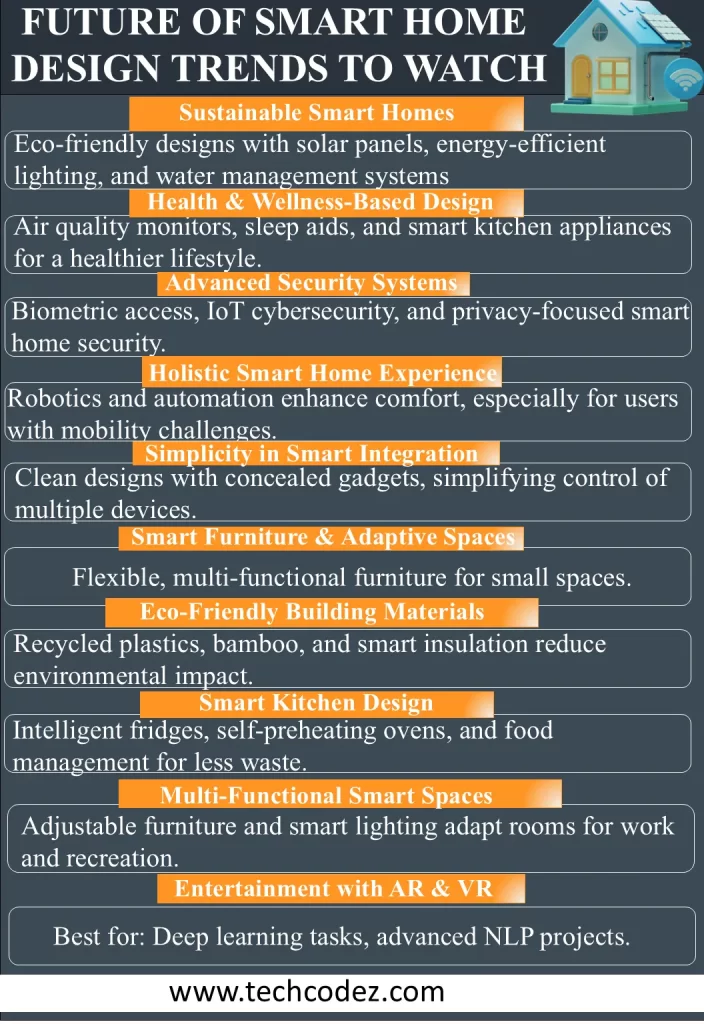
Conclusion
Smart home design of the future is progressive and integrated and is focused on the design of living spaces that are sustainable, safe, and comfortable. New tendencies show that people need to incorporate technology into the home environment to enhance the home’s efficiency and sustainability. Regardless, of the possibility of enlargement of a current home/office or the executive of a new one, these trends act as a great reference to making smart homes compatible with the changing needs and ethics of modern society.
Find More About IOT

